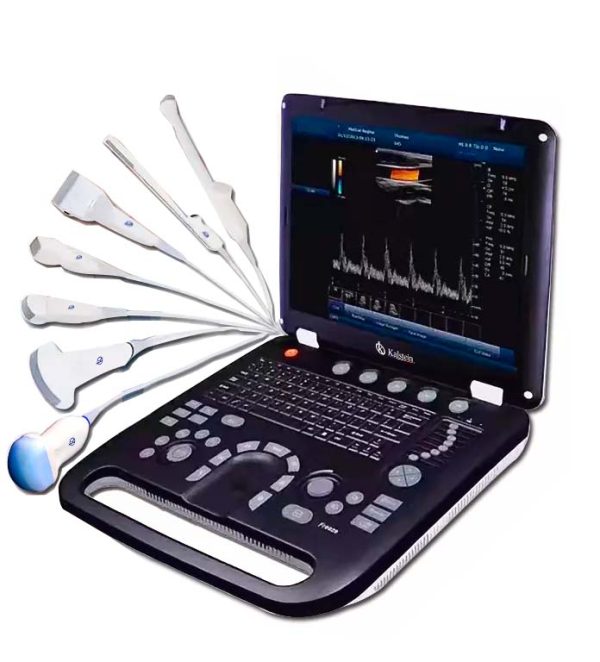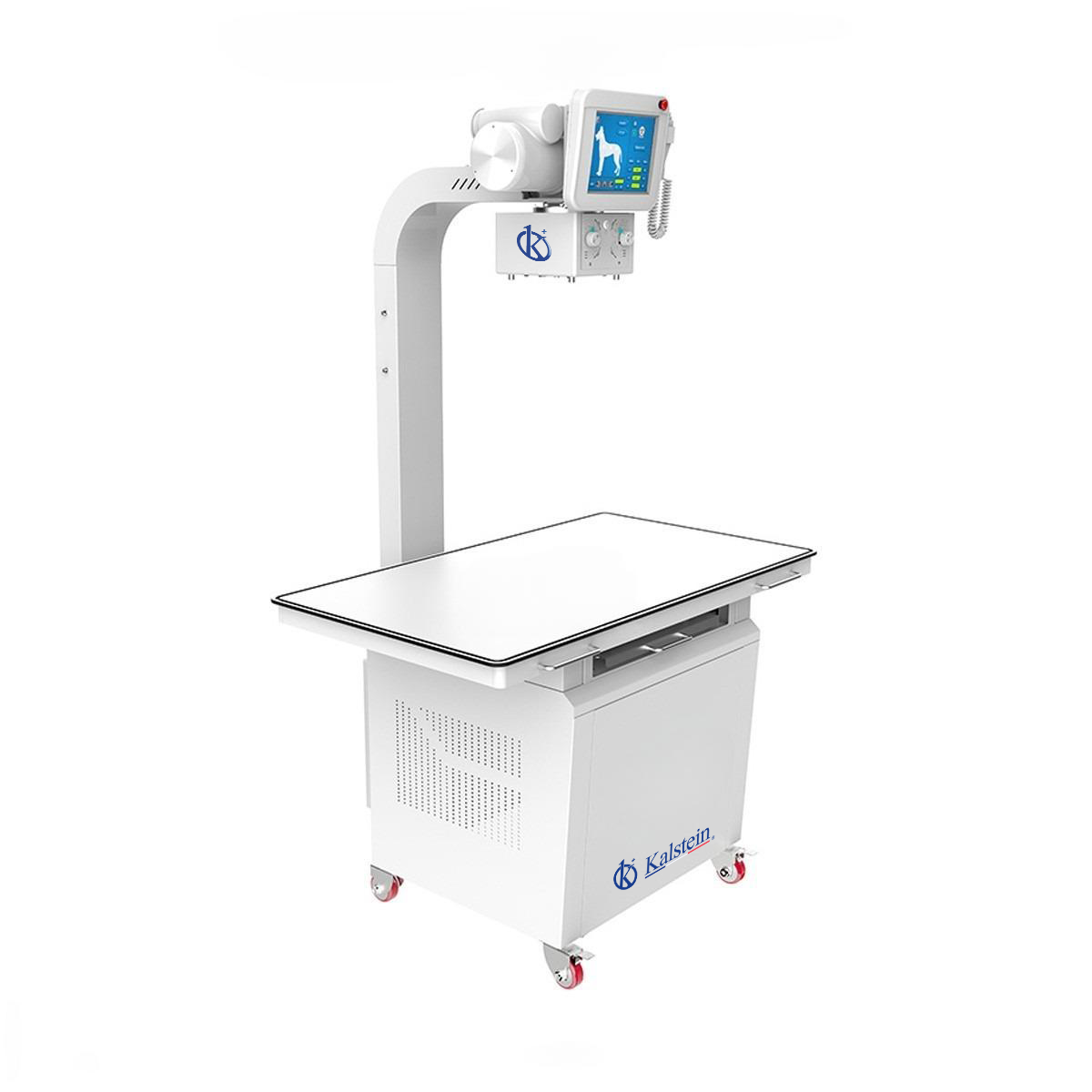Spectrophotometry is a chemical analysis method widely used in laboratories around the world to obtain accurate information on a wide variety of samples. Over time, increasingly sophisticated tools have been developed in order to improve the accuracy and precision of spectrophotometry. These new dimensions represent major advances in technology, significantly improving scientists’ chances of getting better and better results for each type of sample.
One of the main innovations in the field of spectrophotometry concerns the development of improved sensors and the aid of data processing that allow the purification of the information obtained. Sensors with improved electronics allow for more accurate detection of specific elements in a sample and more accurate results.
This innovation is particularly useful for applications where very precise information on the chemical content of a sample is required, such as food, cosmetics and drug analysis. Using improved sensors means scientists can get more detailed results than ever on the chemical properties of different components in a sample.
How do computer systems help spectrophotometers?
In addition to the incorporation of improved sensors, technological advances in spectrophotometry also allow the use of specialized software specially designed to process the data collected by this technology; and not only that, it is also possible to control the operating parameters of the instrument. This means that the collected results can be analyzed more quickly and accurately than ever before.
Many modern software packages allow for the automatic extraction of spectrophotometric-specific data, allowing scientists to obtain accurate results without having to process the data manually. This feature provides significant productivity improvements and contributes greatly to the accuracy of the results obtained.
What are the practical applications of spectrophotometry?
In addition to these technological advances, there are also new applications for spectrophotometry. These applications range from disease diagnosis and surveillance to air and water quality analysis and monitoring. For example, spectrophotometry has been successfully used to analyze air pollution levels of various types of pollutants, allowing scientists to accurately measure the amount and type of pollutants present in a specific area.
This technology has also been used to develop diagnostic tools to detect disease early, which means patients can receive treatment before the condition becomes more severe. For this, it is only necessary to take the sample of interest and apply the analytical procedure that allows the subsequent measurement of absorption or light emission.
Why is it important to consider the new dimensions in the chemical analysis of spectrophotometry?
In short, the latest advances in spectrophotometry have opened new dimensions in terms of the accuracy and information that can be obtained from this technology. Modern tools, including improved sensors and targeted software, have allowed scientists to obtain increasingly detailed and accurate results to help them better understand the chemical content in each sample.
Undoubtedly, with these advances a wide range of new applications for spectrophotometry have been opened, from air quality monitoring to disease diagnosis. Ultimately, spectrophotometry will remain a powerful tool for researchers and a key determinant in the development of new technologies for the future.
The possibilities offered by Kalstein spectrophotometers in chemical analysis
Kalstein has developed equipment that allows studying from solid samples such as plastics, textiles and ceramics, as well as those that can analyze liquid samples. The manufacturer, committed to providing innovative solutions to the laboratories, brings equipment for sale that meets a wide range of needs for different laboratories. In addition to having compact, desktop, portable and fixed table instruments, they come with powerful software that helps you get as much information as possible from the sample. More interesting details, as well as details on purchasing methods and prices, can be found on the websites HERE and HERE.




